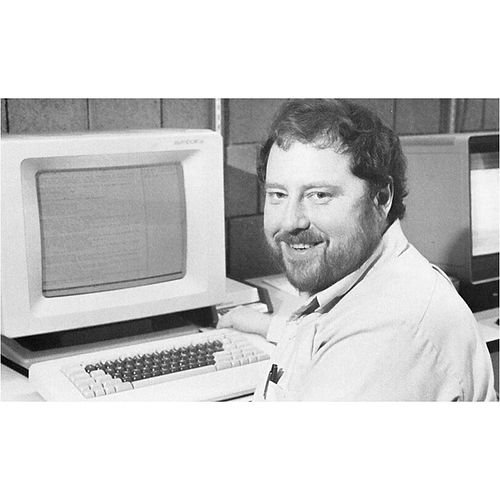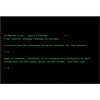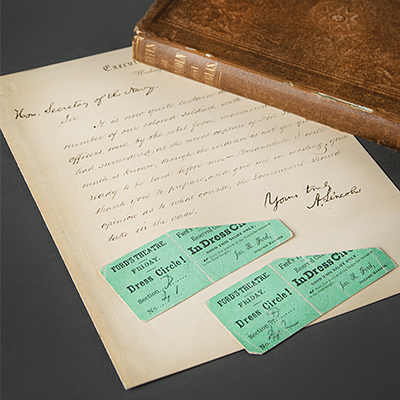The First Emoticons NFT: The Smiley :-) and Frowny :-( by Professor Scott E. Fahlman
Two ways to bid:
- Leave a max absentee bid and the platform will bid on your behalf up to your maximum bid during the live auction.
- Bid live during the auction and your bids will be submitted real-time to the auctioneer.
Bid Increments
| Price | Bid Increment |
|---|---|
| $0 | $5 |
| $50 | $10 |
| $200 | $25 |
| $500 | $50 |
About Auction
Sep 23, 2023
RR Auction support@rrauction.com
- Lot Description
The First Emoticons NFT: The Smiley :-) and Frowny :-( by Professor Scott E. Fahlman
NFT, Non-fungible token (MP4)
3000 x 2000 pixels
Ed. 1/1
Minted on 9/1/2021
First proposed on ARPANET, Carnegie Mellon University, September 19, 1982
Smart Contract Address: 0x495f947276749ce646f68ac8c248420045cb7b5e
There is a ten percent (10%) future royalties requirement on secondary sales enforced by smart contract for this property.
This work is a unique digital artifact and is sold as a non-fungible token. The Emoticons NFT is accompanied by two essays written by their creator, Professor Scott E. Fahlman, about their creation: one written upon their 20th anniversary in 2002, and another composed specifically for the original NFT auction, hosted by Heritage in September 2021, reflecting on their creation. Also includes a framed certificate signed by Scott E. Fahlman, four Davos World Communication Forum emoticon paddles (one signed by Fahlman), a t-shirt honoring the creation of the emoticon signed by Fahlman, and some related ephemera.
The strictly textual nature of the internet in its earliest iterations—local electronic mail and online bulletin-board systems, or 'bboards,' often hosted on university intranets—brought about a problem that continues today: the absence of tone or body language in the written word. On September 19, 1982, Carnegie Mellon University computer science professor Scott E. Fahlman offered a solution: "I propose that the following character sequence for joke markers: :-) Read it sideways. Actually, it is probably more economical to mark things that are NOT jokes, given current trends. For this, use :-("
These, the first emoticons—sideways symbols for a smiley face and frowny face—soon came to signify the human emotions of 'happy' and 'sad' within the digital realm. In an early example of 'viral' and 'meme' internet culture, the use of :-) and :-( spread as the internet users spread from research institutions to university networks to public libraries and private homes. Professor Fahlman comments on the universality of the emoticons in his essay that accompanies the digital artifact: "The :-) emoticon is the distilled, abstract essence of a smile. It has no gender, no race, no age, no religion, no politics‰Û_ It's just a smile. This is a big advantage over the emoji versions. With :-) we don't have to argue about how many different versions we have to create for different groups. It looks like all of us." Today, the emoticons and their evolutionary successors—including more sophisticated ASCII symbols and emojis—are estimated to be used billions of times on a daily basis.
The first emoticons represent humankind's ever-advancing technological progress, yet recall the earliest of human texts: the pictograms, ideograms, and hieroglyphics used to communicate ideas in prehistoric and ancient times. Like some of the latter tangible artifacts, these digital artifacts were the subject of an 'archeological dig' through Carnegie Mellon's backup tapes, led by Mike Jones and Jeff Baird. Fahlman's original message proposing the emoticons, and the discussion it was a part of, were successfully retrieved on September 10, 2002, after being 'lost' for two decades.
Just as the internet redefined communication around the globe, NFTs are revolutionizing the traditional collecting space with proof-of-ownership and authenticity for digital artifacts. The emoticons stand among the most significant digital artifacts of the early internet, having become ubiquitous as a universal means of expression. - Shipping Info
-
Bidder is liable for shipping and handling and providing accurate information as to shipping or delivery locations and arranging for such. RR Auction is unable to combine purchases from other auctions or affiliates into one package for shipping purposes. Lots won will be shipped in a commercially reasonable time after payment in good funds for the merchandise and the shipping fees are received or credit extended, except when third-party shipment occurs. Bidder agrees that service and handling charges related to shipping items which are not pre-paid may be charged to a credit card on file with RR Auction. Successful international Bidders shall provide written shipping instructions, including specified Customs declarations, to RR Auction for any lots to be delivered outside of the United States. NOTE: Declaration value shall be the item’(s) hammer price and RR Auction shall use the correct harmonized code for the lot. Domestic Bidders on lots designated for third-party shipment must designate the common carrier, accept risk of loss, and prepay shipping costs.
-
- Buyer's Premium



 EUR
EUR CAD
CAD AUD
AUD GBP
GBP MXN
MXN HKD
HKD CNY
CNY MYR
MYR SEK
SEK SGD
SGD CHF
CHF THB
THB











![[LIMITED EDITIONS CLUB] 2 vols. The House of Mirth, Diary of Country Priest](https://s1.img.bidsquare.com/item/m/2979/29793737.jpeg?t=1TN7Db)
![[LIMITED EDITIONS CLUB] Dürrenmatt, Friedrich. Oedipus. Photogravure plates by Marie Cosindas](https://s1.img.bidsquare.com/item/m/2979/29793752.jpeg?t=1TN7Wl)

